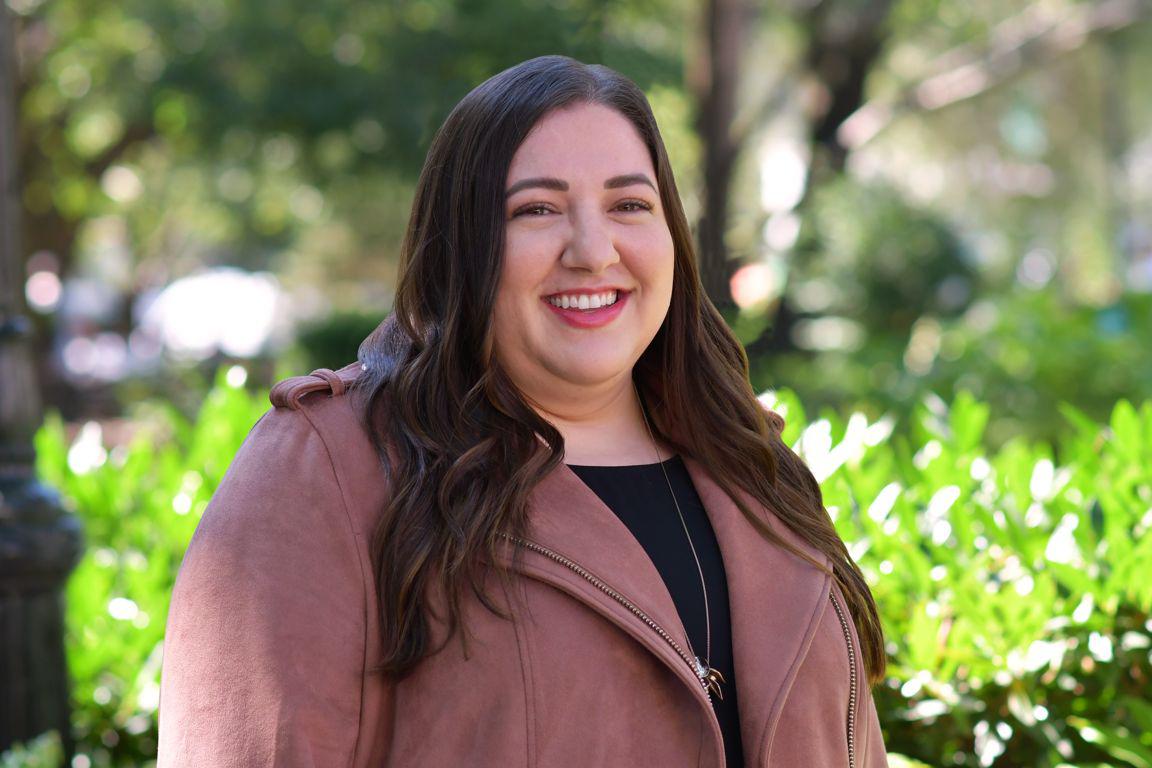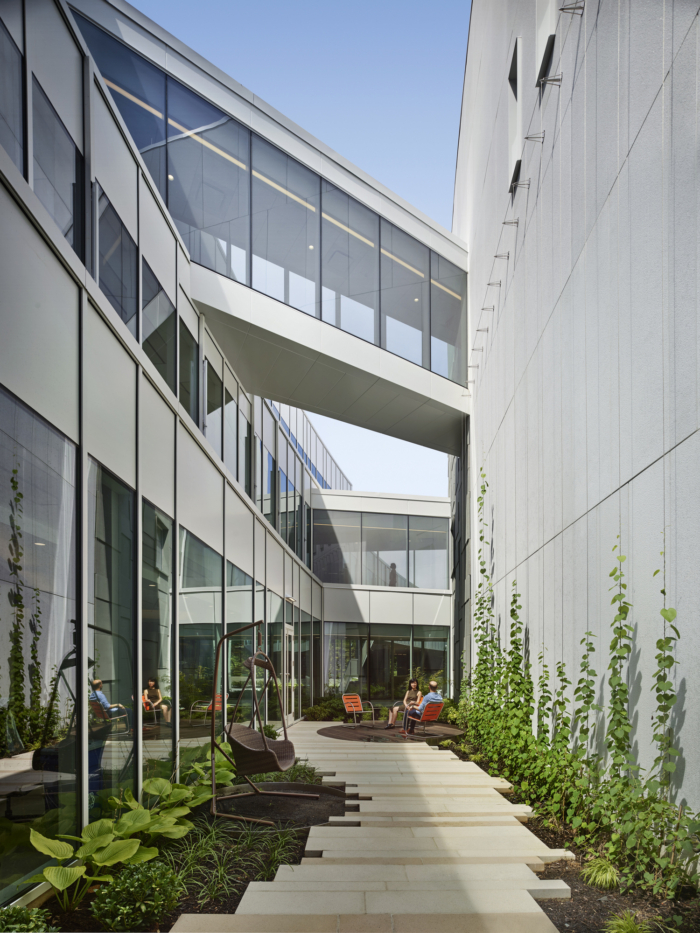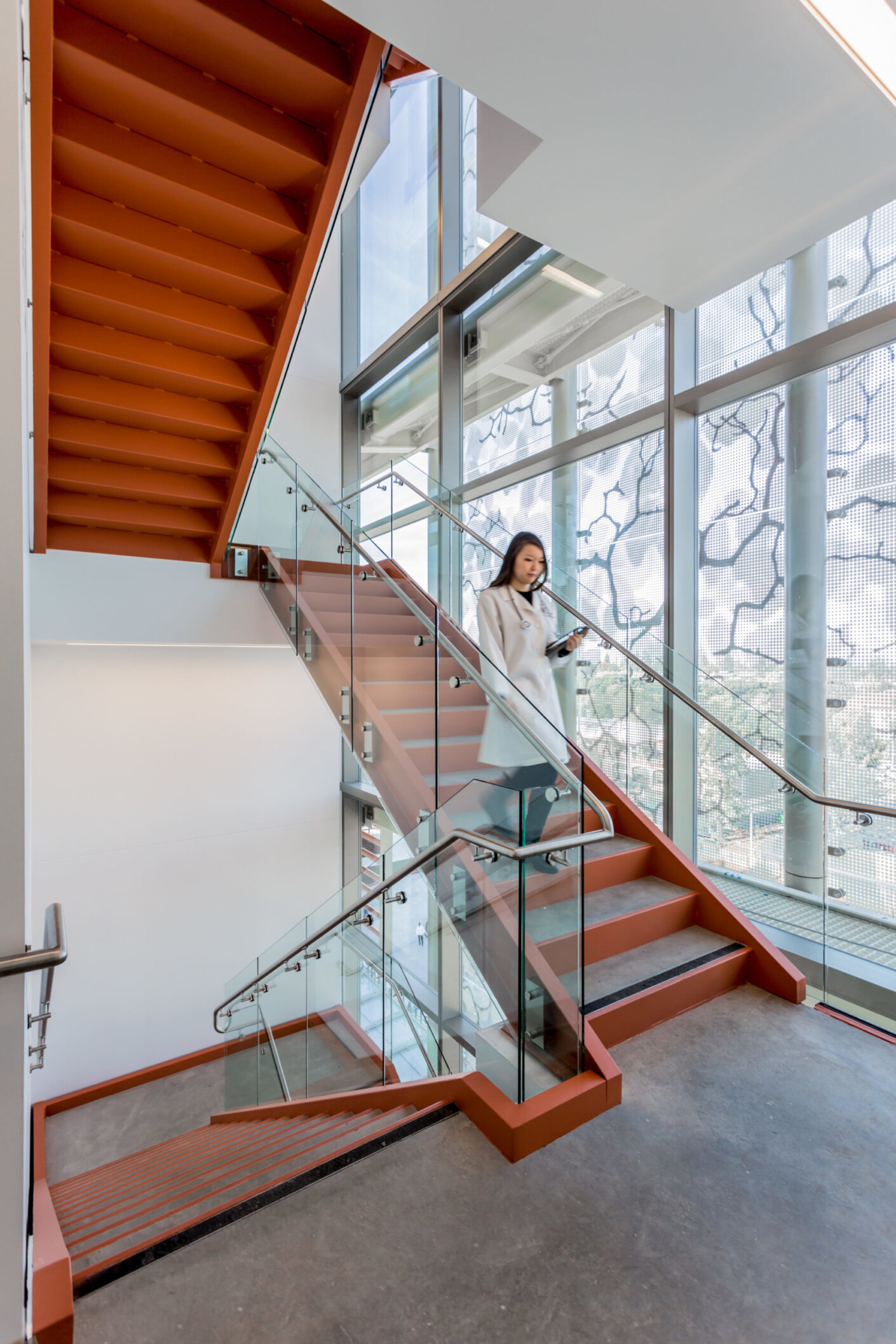We created the E. Todd Wheeler Health Fellowship to offer hands-on professional development for emerging healthcare designers. Named for the late architect E. Todd Wheeler, a design visionary and Perkins&Will principal, this fellowship is awarded each year to up to five graduate interns. Selected recipients demonstrate a passion for advancing healthcare excellence through transformative built environments. In 2020, the COVID-19 global pandemic has brought healthcare spaces and their resource needs to the forefront of public discourse, amplifying the work of our 2020 fellows. Here’s the story of Aliza Goldsmith, who worked in our New York studio during her fellowship.

Aliza Goldsmith
Aliza discovered her passion for healthcare design after traveling to hospitals around the country with her mother, who was diagnosed with a rare form of cancer. She couldn’t help but notice how hospitals that offered better access to nature and sunlight helped both patient and caregiver feel better.
Not surprisingly, Aliza’s research focused on the ways architecture and design can affect the health and well-being of patients, nurses, and doctors. Specifically, she homed in on the negative impacts of cumulative stress on care staff—known as burnout—and how design can help alleviate that stress. “I’ve always had a passion for helping those in need, and using my voice to fight for change,” Aliza says. “Using my design background to help not only our nurses and doctors on the front lines, but also patients like my mother, aligns with that passion.”

Let the Daylight In:
It is vital to give nurses and surgeons—who often work at nursing stations and surgery wings housed in interior, windowless corridors—access to daylight and nature. Studies show that patients who have access to natural light and views during hospital stays have quicker recovery times, but the benefits don’t affect patients only: their providers need this light and air access just as much. Windows can be placed in high-traffic areas like stairwells, break rooms, and nursing stations to maximize access.
Room to Recharge
Breakrooms with varying levels of openness and privacy are preferred by care providers. Designs should include smaller spaces appropriate for private conversations so as to not jeopardize sensitive patient information.
Protecting Privacy
Doctors and nurses place a lot of value on privacy and personal workspaces and offices, seeing the “open plan” model of shared rows of desks or communal breakout rooms as contributing to anxieties surrounding HIPPA privacy, and not allowing for heads-down academic or logistical work. Keeping private offices and more intimate workspaces in healthcare design schemes is very important to providers.
Cultivate a Healthy Workplace Culture
There is a culture of overwork and long hours in the healthcare profession, and while there are many factors that contribute to this, designing spaces that encourage rest, relaxation, and reflection during the workday can help mitigate burnout.
Design for healing
Aliza’s research confirmed that burnout among care staff in healing environments is a national epidemic, costing hospitals over $4.6 billion each year. The financial losses are mostly due to high staff turnover rate as a result of unsatisfactory workplace experiences. But burnout is more than just a workplace issue: it’s a human health issue, too. This is because a patient is two times more likely to incur a safety incident—for example, a misdiagnoses or a surgical mistake—when the attending physician has symptoms of burnout. With studies showing that about 20 percent of people’s health is tied to their physical environment, Aliza set out to investigate how architecture and design could help mitigate burnout. Her research revealed several strategies:
Aliza Goldsmith

Combining experience and finding passion
“Being a part of the inaugural fellowship class has been a transformative experience, she says. “The opportunity to learn from and interact with leading experts in the field was invaluable for me as a young designer.”
The COVID-19 pandemic, which struck at the tail end of Aliza’s research process, threw the issue of burnout into sharp relief: What was already a deeply concerning phenomenon among doctors and nurses was exacerbated exponentially, as hospitals around the world scrambled to accommodate a surge of patients. COVID-19 also demonstrated that future pandemics threaten to worsen burnout and worker dissatisfaction.
Aliza hopes to use her research, combined with her background in public policy, to address the many legal and design-based changes that will shape hospitals going forward.